
Sanibel Island Fishing & Captiva Island Fishing, April 10, 2018: Spotted SeaTrout!
Captiva Island Fishing Charters
 Captiva Fishing Report, Sanibel Island Fishing Charters, Captiva Island Fishing Charters, Tuesday, April 10: Spotted SeaTrout, Grass Flats, Catch & Release; water quality in relatively good shape; (Caloosahatchee: no/little freshwater runoff impact right now; Red Tide Report, there is some spotty red tide impact right now; more fishing reports from other areas and Captains below.
Captiva Fishing Report, Sanibel Island Fishing Charters, Captiva Island Fishing Charters, Tuesday, April 10: Spotted SeaTrout, Grass Flats, Catch & Release; water quality in relatively good shape; (Caloosahatchee: no/little freshwater runoff impact right now; Red Tide Report, there is some spotty red tide impact right now; more fishing reports from other areas and Captains below.
Online on-demand workshop available. Provide input on this fishery. Workshop information. Comment online at MyFWC.com/SaltwaterComments.

Tuesday, April 10, Sanibel Island Fishing Charters & Sanibel Island Fishing Charters: SeaTrout, Grass Beds, Catch & Release. Please also visit the Sanibel, Fort Myers, Florida Fishing Report and Cuban Fishing sites. Better water moving north of Sanibel up through Captiva & North Captiva.

Please also visit the Sanibel, Fort Myers, Florida Fishing Report and Cuban Fishing sites. Better water moving north of Sanibel up through Captiva & North Captiva.
Please click here to Book A Charter or call 239-472-8658 and here for Live Sanibel Traffic Cams.


Image Credit: © Diane Rome Peebles
Silver SeaTrout: Cynoscion nothus
“Appearance:
Also known as white trout.
- Grayish back, silvery sides and white belly
- Faint rows of spots may be present on upper sides
- All fins are pale yellow, except for the darker, dusky dorsal fin
- Pair of large canine teeth at tip of upper jaw
- Eyes large and snout short
- 8 to 9 soft anal fin rays
- Bottom half of tail more elongated than upper half
Similar Species: Sand seatrout, C. arenarius (more yellow color and larger size)
Size: Usually less than 10 inches (1 pound). Smallest seatrout species; usually no more than 1/2 pound (less than 10 inches).

Habitat:
Most common over sand or sandy mud bottoms offshore along both the Gulf and Atlantic coasts of Florida. Migrate into bays during cold months.

Behavior:
Spawn offshore in deep water during spring, summer and fall. Feed on small fish and shrimp.
Additional Information
State Record:![]() This species is not currently eligible for a state record. ”
This species is not currently eligible for a state record. ”
Please see FWC for more information on Silver SeaTrout.

Spotted SeaTrout
“Cynoscion nebulosus, the spotted seatrout, also known as speckled trout, is a common estuarine fish found in the southern United States along coasts of Gulf of Mexico and the coastal Atlantic Ocean from Maryland to Florida. These fish are also found in estuarine locations around Cape Breton Island of Nova Scotia, Canada.

While most of these fish are caught on shallow, grassy flats, spotted seatrout reside in virtually any inshore waters, from the surf of outside islands to far up coastal rivers, where they often come for shelter during cold weather. Contrary to its name, the spotted seatrout is not a member of the trout family (Salmonidae), but of the drum family (Sciaenidae). It is popular for commercial and especially recreational fishing in coastal waters of the southeastern United States. Adults reach 19-32 inches in length and 3-15 pounds in weight.

Spotted seatrout live in the top of the water column and are most numerous along the coasts of the southeastern states, such as Texas, Louisiana, Alabama, Mississippi, Georgia, and Florida. They are also common along the coasts of North and South Carolina and Virginia. Estuarine coasts are prime settlement areas. They are uncommonly seen north of Delaware Bay and along the coast of Cape Cod, Massachusetts.

Spotted seatrout is the common name endorsed by the American Fisheries Society. However, this fish has many other common names, including speckled trout, speck, speckles, spec, truite gris (Louisiana French), trucha de mar (Mexican Spanish), spotted weakfish, spotted seateague, southern seateague, salmon, salmon trout, simon trout, winter trout, seatrout, Nosferatu fish, and black trout. Particularly large ones are nicknamed gator trout.[1]

The spotted seatrout has prominent canine teeth. Like other fish of the family Sciaenidae, it has an elongated, soft dorsal fin with scales; it is separated from the spinous dorsal fin by a deep notch. It usually has two anal spines and the lateral line extends to the tip of the caudal fin. The back has distinct spots scattered on it, including on the dorsal and caudal fins.

Unlike some other members of the family Sciaenidae, the spotted seatrout does not have any chin barbels. In stained water, this fish’s background may take on a golden hue. Its shape and coloration is reminiscent of a brown trout. This fish is closely related to the weakfish, Cynoscion regalis.
![SeaTrout Fishing, Catch & Release, Sanibel Fishing & Captiva Fishing, Sanibel Island, Thursday, October 26, 2017, [File Photo - Wednesday, July 26, 2017].](https://i0.wp.com/www.captivafishing.net/wp-content/uploads/2017/07/Sea-Trout-7-26-17.jpg?resize=980%2C1307)

Small trout eat large amounts of shrimp and other crustaceans. As they grow larger, their diets shift toward fish, the larger, the better. Studies in Texas and Mississippi show that really big trout strongly prefer to feed on mullet; a large trout will find the largest mullet it can handle and try to swallow it. Often the mullet is half or two-thirds as large as the trout.[2]” Please see more information here.

“Online on-demand workshop available. Provide input on this fishery. Workshop information. Comment online at MyFWC.com/SaltwaterComments.

Image Credit: © Diane Rome Peebles
Spotted Seatrout: Cynoscion nebulosus
Florida Regulations:
| Regulations | Northeast zone | Northwest zone | Southeast and Southwest zones |
|---|---|---|---|
| Minimum Size Limit | More than 15 inches and less than 20 inches total length (may possess one over 20 inches included in bag limit) | ||
| Daily Bag Limit | 6 per harvester per day | 5 per harvester per day | 4 per harvester per day |
| Season | Open year-round | ||
Gear Requirements: Allowable Gear: Hook and line; cast net

Spotted Seatrout Management Zones:

- Northwest: Escambia County through Fred Howard Park Causeway near Pasco County.
- Southwest: Fred Howard Park Causeway through Monroe County line at Card Sound.
- Southeast: Miami-Dade County at Card South through Volusia County.
- Northeast: Flagler through Nassau counties.

Habitat and Fishing Tips:
Seatrout are found inshore and nearshore in and around seagrass meadows, mangrove-fringed shorelines, deep holes and channels and above oyster bars. Free-line live shrimp or small pinfish or pigfish (grunts) near the bottom to entice trout out of grass-bed holes. Attaching a float will allow these baits to drift over the grass beds as you search for trout. Casting with soft-bodied jigs, top-water poppers and spoons can be effective.

Trout are very delicate, so returning unwanted or illegal fish promptly to the water is necessary to maintain a healthy population. Spotted seatrout are a good eating fish.
![Charlie, Big Sea Trout, Sanibel & Captiva Islands & Fort Myers Charters & Fishing Guide Service, Monday, February 5, 2018, [File Photo: 3-3-14].](https://i0.wp.com/www.captivafishing.net/wp-content/uploads/2014/03/Charlie-Big-Sea-Trout-September-13-e1393810812832.jpeg?resize=980%2C991)
State Record: 17 lb 7 oz, caught near Ft. Pierce
Spotted Seatrout Management in Florida
Spotted seatrout is managed for both commercial and recreational fishing in Florida. Management in Florida began for spotted seatrout in the late 1980s when the fishery was declining. At the Nov. 2011 Commission meeting, the FWC made several changes to how spotted seatrout are managed, including splitting the South management zones in two and going from a total of three management zones (Northeast, Northwest and South) to four management zones (Northeast, Northwest, Southeast and Southwest.)

The management goal for spotted seatrout in Florida is a 35% spawning potential ratio (SPR). Stock assessments were conducted in 2003 and 2006 that showed the spotted seatrout population as relatively stable. The 2010 stock assessment includes data through 2009 and it showed that the Northeast, Southeast and Southwest zones are exceeding the 35% SPR management goal. The Northwest area is hovering right at 35%.

At the Nov. 2011 Commission meeting, the following rules were approved, becoming effective February 1, 2012:
Recreational
- Removal of season closures
- Northeast bag limit increased to 6 fish
Commercial
- Southeast and Southwest region defined
- Increase in seasons
- Southeast: May 1- Sept 30
- Northeast: June 1- November 30
- Southwest and Northwest: June 1- October 31
- A commercial vessel limit of 150 with two or more licensed fishermen are aboard
- Sale of seatrout inventory will be allowed for 30 days after the season closes”
Source & more information @ FWC.

Please click here to Book A Charter or call 239-472-8658 and here for Live Sanibel Traffic Cams. Tuesday, April 10, Captiva Island Fishing Charters, SeaTrout, Grass Flats & Oyster Bars, click here for College Of Fishing Hats & Apparel.
We’re located in Castaways Marina, Santiva, Sanibel Island, just before the Blind Pass bridge to Captiva Island.

After a fierce storm, Turner Beach, the beach adjoining the Pass, is frequently covered with a bounty of shells from Olives to Fighting Whelks to the more common Conchs. The fishing is also renowned with sharks in the summer, tailing redfish on the bayside flats and snook under and off the Blind Pass bridge. Because Turner Beach faces Westward, the sunsets are spectacular and a popular viewing point for residents and visitors alike.

And you can like us on Facebook.
Fair winds and following seas,
Captain Joey Burnsed ~ please click calendar at the upper right or call 239-472-8658 to book a Sanibel & Captiva Islands, Boca Grande or Fort Myers fishing guide trip or shelling charter.















![Fly Fishing, Spanish Mackerel, Sanibel & Captiva Islands & Fort Myers Charters & Fishing Guide Service. Saturday, October 21, 2017, [File Photo: 7-7-14]](https://i0.wp.com/www.captivafishing.net/wp-content/uploads/2014/07/Fly-Fishing-Spanish-Mackerel-2-6-22-14-e1404763458759.jpg?resize=980%2C1364)








![Fingers O’Bannon Invitational Memorial Snook Tournament, Sanibel Fishing & Captiva Fishing, Sanibel Island [File Photo: Saturday, April 29, 2017].](https://i0.wp.com/www.captivafishing.net/wp-content/uploads/2017/10/IMG_9692-e1507380120101.jpg?resize=872%2C1328)


![Myra's 35 LB. Big Snook! Catch & Release, Sanibel Island Fishing Charters & Captiva Island Fishing Charters, Sanibel Island, Sunday, March 18, 2018. [File Photo - July 12, 2012].](https://i0.wp.com/www.captivafishing.net/wp-content/uploads/2013/07/big-snook-April-21-e1373398620113.jpg?resize=980%2C1426)



![Redfish Pass, South Seas Resort, Charlie, Hank & Snook, Sanibel Fishing & Captiva Fishing, Saturday, March 3, 2018, [File Photo: Saturday, 11-21-15].](https://i0.wp.com/www.captivafishing.net/wp-content/uploads/2015/11/Charlie-Hank-Big-Snook-6-22-141-e1448189217266.jpg?resize=980%2C693)
![Snook, Blind Pass, Sanibel Fishing & Captiva Fishing, Sanibel Island, Thursday, October 12, 2017, [File Photo: Friday, September 22, 2017].](https://i0.wp.com/www.captivafishing.net/wp-content/uploads/2017/09/Snook-Alex-9-21-17-e1506076497786.jpg?resize=980%2C1679)

![Snook, Sanibel Fishing & Captiva Fishing, Sanibel Island, Saturday, November 18, [File Photo -Thursday, May 18, 2017].](https://i0.wp.com/www.captivafishing.net/wp-content/uploads/2017/05/SeaTrout-5-18-17-e1495185406443.jpg?resize=980%2C691)



































![Blacktip Shark, Catch & Release, Sanibel Fishing & Captiva Fishing, Sanibel Island, Tuesday, November 14, 2017, [File Photo - Saturday, September 30, 2017].](https://i0.wp.com/www.captivafishing.net/wp-content/uploads/2017/09/Blacktip-Shark-9-30-17-e1506778258103.jpg?resize=840%2C597)










![Hogfish or Hog Snapper, Sanibel Fishing & Captiva Fishing, Sanibel Island, Sunday, December 10, 2017, [File Photo - Wednesday, February 8, 2017].](https://captivafishing.net/wp-content/uploads/wordpress-popular-posts/13104-featured-360x260.jpg)

![Hogfish or Hog Snapper, Sanibel Fishing & Captiva Fishing, Sanibel Island, Sunday, December 10, 2017, [File Photo - Wednesday, February 8, 2017].](https://captivafishing.net/wp-content/uploads/wordpress-popular-posts/11558-featured-360x260.jpg)

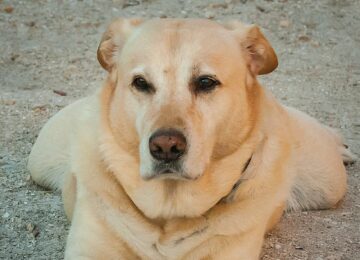



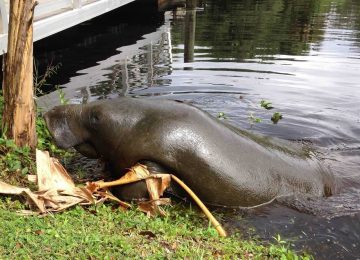

![Goliath grouper, Sanibel & Captiva Islands & Fort Myers Charters & Fishing Guide Service, Thursday, November 2, 2017, [August 16, 2012].](https://captivafishing.net/wp-content/uploads/wordpress-popular-posts/11711-featured-360x260.jpg)
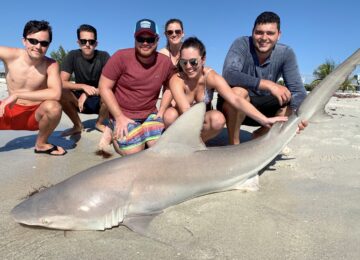
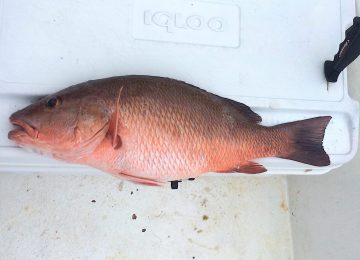

![Hogfish or Hog Snapper, Sanibel Fishing & Captiva Fishing, Sanibel Island, Sunday, December 10, 2017, [File Photo - Wednesday, February 8, 2017].](https://captivafishing.net/wp-content/uploads/wordpress-popular-posts/11143-featured-360x260.jpg)
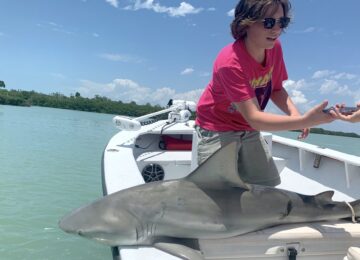

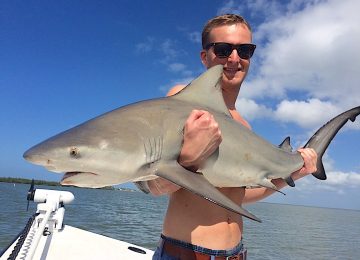
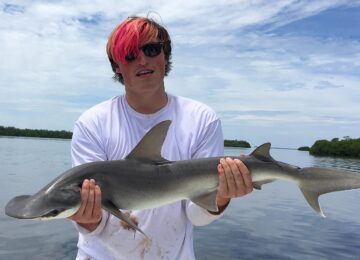
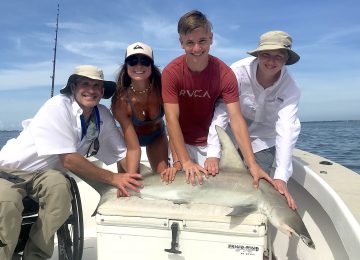
![Schoolmaster Snapper, Sanibel Fishing & Captiva Fishing, Sanibel Island, Thursday, January 11, 2018, [File Photo - Thursday, December 28, 2017].](https://captivafishing.net/wp-content/uploads/wordpress-popular-posts/13203-featured-360x260.jpg)
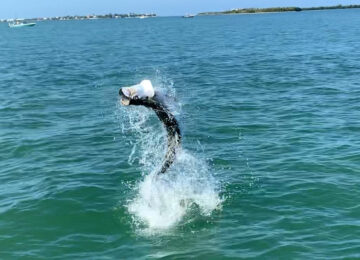
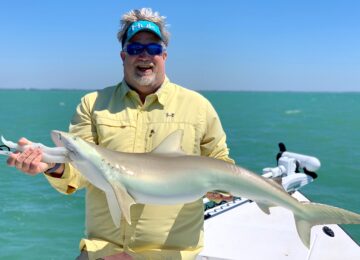
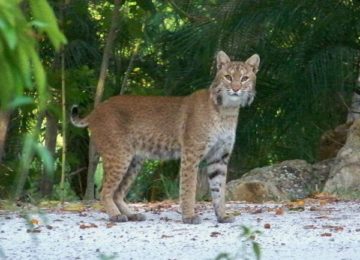
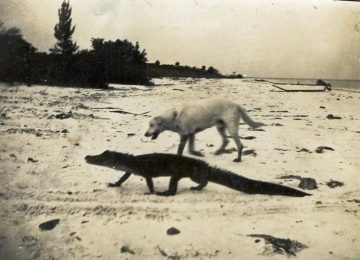
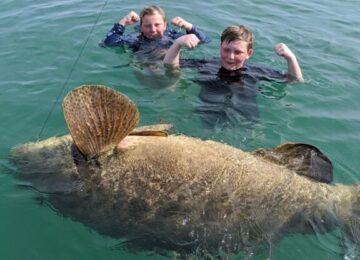
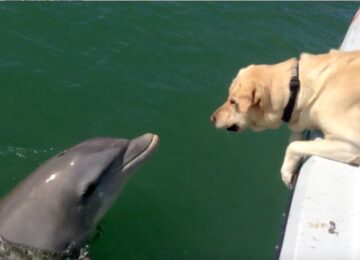















You must be logged in to post a comment.